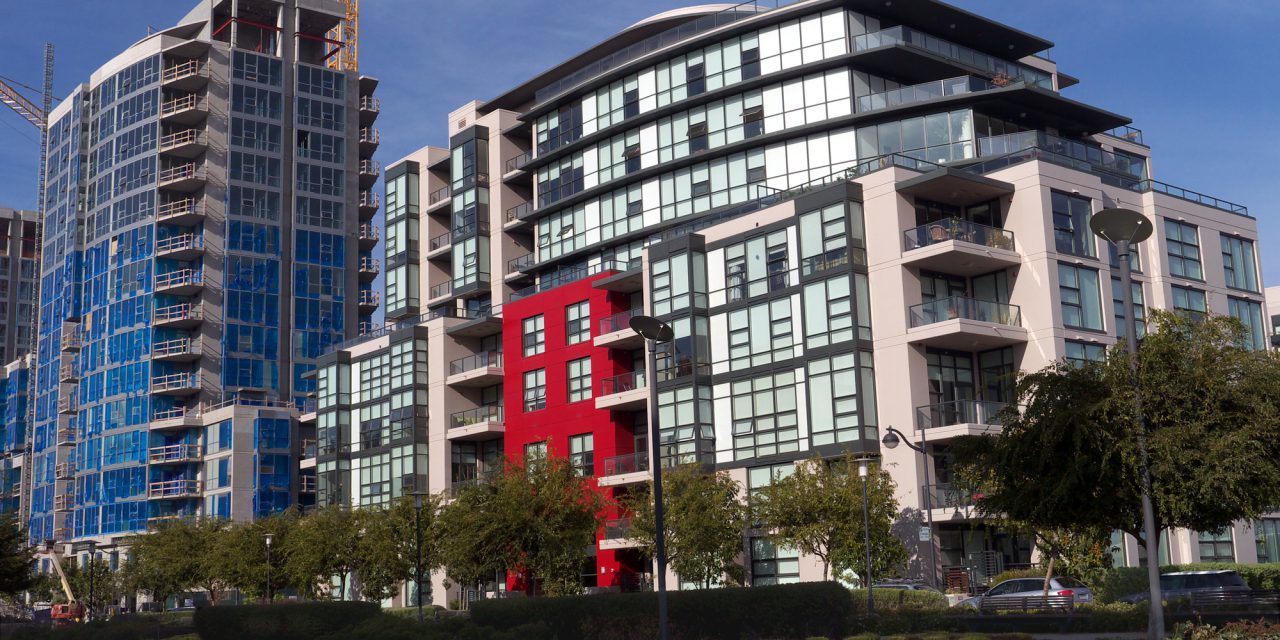Legislative gridlock too often stifles new real estate development. California’s confused legislature is no exception, particularly when it comes to our infamous environmental review requirements.
Senate Bill 731 promises to streamline efforts of local government in their compliance with the California Environmental Quality Act (CEQA). The bill is designed to:
- lower requirements for evaluating the potential environmental impact of urban infill and transit-adjacent projects;
- allow local governments to decide for themselves the degree to which environmental impacts require mitigation; and
- limit last-minute obstacles litigious NIMBY property owners (and their attorneys) throw at projects they don’t like based on claims of inadequate environmental review.
The embattled bill has been fought by anti-growth, conservation and lawyers’ lobbies alike. Now, its sponsor, Senate President Darrell Steinberg, has all but abandoned it at the eleventh hour in favor of a smaller reform measure packed with pork.
first tuesday insight
This is not good for builders; worse for homebuyers and the worst for the California’s housing recovery. It looks like we’ll have to wait yet another year for a fix to this oft-abused law.
Developers can continue to expect to hit every red light with their projects as CEQA reform stumbles toward oblivion, again.
The reasons for SB 731’s death in the legislature –interference from conservation lobbies, NIMBY homeowner groups and their lawyers – are clear:
- no sufficient new housing dramatically drives up values of existing NIMBY homes;
- conservation groups count on CEQA litigation to block projects; and
- fewer opportunities for litigation means fewer billed hours for NIMBY groups’ lawyers.
California needs piles of urban housing and we have clear rules about getting permits. However, limits on urban density stifle new housing construction in the areas best suited to absorb the population influx our cities are experiencing. Inappropriate height and density restrictions already impede housing growth, as the noisy NIMBYs intend.
As it is, the CEQA review process opens a gigantic door for NIMBYs to thwart projects they personally dislike. They base efforts to stall or kill a disfavored project on spurious legal claims that its environmental review was insufficient.
Related article:
Loosen the noose on urban density
Limiting challenges local agencies face in complying with CEQA, allowing local jurisdictions to decide what impacts they will or won’t accept, and preventing abusive lawsuits allows housing builders to better meet in-city demand. In the very areas where organic demand is growing most rapidly, that means more housing choices in areas with direct access to jobs, transit, and cultural amenities.
Related article:
The rising trend in California construction starts
Protecting California’s environment remains a top priority. But current CEQA rules make the best projects for the environment – such as urban infill housing or new transit lines – the most difficult.
Moreover, a housing recovery is dependent on a jobs recovery, and the best jobs to be had are concentrated in urban centers. Negative equity already keeps too many homeowners stuck in suburbs far away from the best job opportunities.
Related Articles
Suburban poverty: the new normal?
The distribution of California’s human resources
Without SB 731’s reforms, NIMBY-lead CEQA roadblocks will slow housing construction and the flow of jobseekers to better opportunities. Expect that to hold business growth, jobs expansion and the real estate recovery back in a triple whammy to our recovering economy.
RE: “Clock is running out for real CEQA reform,” from the Los Angeles Daily News




















You might have also mentioned the “greenmail” situation where NIMBYs extort money from developers by threatening lawsuits.